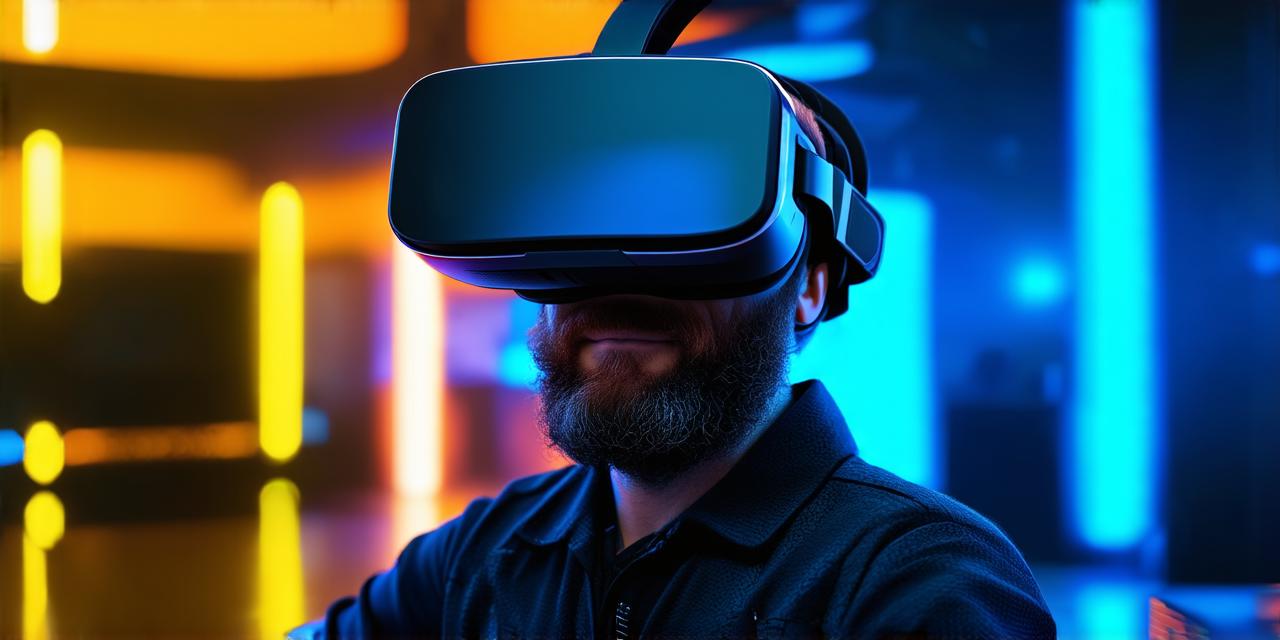Introduction:
Augmented reality (AR) and virtual reality (VR) are two emerging technologies that have captured the imagination of people across industries. While they share some similarities, there are significant differences between them. As an AR developer, it is important to understand these differences to create immersive and engaging experiences for users. In this article, we will explore the primary distinction between AR and VR, their applications, and how they differ from each other in terms of user experience.
What is Augmented Reality (AR)?
Augmented reality is a technology that overlays digital information on top of the real world. It enhances the user’s perception of the physical environment by adding computer-generated images, sounds, and videos to it. AR allows users to interact with digital objects in the real world and can be used for a variety of applications such as gaming, education, training, and marketing.

What is Virtual Reality (VR)?
Virtual reality is a technology that creates an artificial environment that simulates the physical world. It immerses users in a completely virtual world where they can interact with digital objects and environments. VR allows users to escape from the real world and can be used for gaming, education, training, and therapy.
The Primary Distinction:
The primary distinction between AR and VR is that AR overlays digital information on top of the real world, while VR creates a completely virtual environment. In other words, AR enhances the user’s perception of the physical world, while VR replaces it with a completely artificial world.
AR vs VR: A Comparison
While both AR and VR have their unique features, they share some similarities in terms of user experience. Both technologies allow users to interact with digital objects in a way that was not possible before. However, there are significant differences between them.
- Immersion: AR provides a more immersive experience as it overlays digital information on top of the real world. Users can see and interact with virtual objects while still being aware of their physical surroundings. VR, on the other hand, provides a completely immersive experience by replacing the real world with a virtual one.
- Real-time interaction: AR allows users to interact with digital objects in real-time, which makes it ideal for applications such as gaming and marketing. VR, however, requires pre-programmed interactions, which can limit its potential for real-time interaction.
- Cost: AR technology is generally less expensive than VR technology. This is because AR technology does not require specialized hardware or software to function, while VR technology requires high-end hardware and software.
- Accessibility: AR technology is more accessible than VR technology as it can be used on a variety of devices such as smartphones, tablets, and laptops. VR technology, however, requires a dedicated VR headset to function.
Real-life Examples:
Let’s take a look at some real-life examples of AR and VR applications to better understand how they differ from each other in terms of user experience.
IKEA Place
IKEA Place is an AR application that allows users to see how furniture would look in their home before purchasing it. Users can place virtual furniture in their physical environment and see how it looks and fits. This application provides a more immersive experience than traditional e-commerce websites as it allows users to visualize the product in context.
Pokémon GO
Pokémon GO is an AR game that allows users to catch digital creatures in real-world environments. The game overlays virtual objects on top of the physical environment, which makes it more engaging and immersive than traditional games.




